All makeup brushes need cleaning.
Many of us use our favorite makeup brushes daily, and most of us tend to forget they need cleaning. But they do need cleaning — for their health (color pickup, bristle integrity, blending ability) and your skin’s (hygiene). If you use them daily, we recommend a quick clean after every use with Instant No-Rinse Hypoallergenic Brush Cleaner, and a good, thorough wash once a week. If less frequently, aim for once a month or so. These plush, pertinacious purveyors of pretty work so hard for us, they deserve some TLC…or at least basic maintenance.
To work well, every tool needs maintenance. But as mentioned, brush TLC benefits us, too. Even if we tend to “put on our faces” after they’ve been cleansed and skincare-d, our makeup brushes pick up minute traces of moisture, sweat and bacteria, and transfer them back and forth between product and skin. Over time, this transfer could build up and cause problems. While about a quarter of the population has a colonization (the bacteria is present but not an infection) of Staphylococcus aureus, 90% of people with atopic dermatitis (eczema) have staph on their skins — which, a recent study shows, may be linked to inducing the inflammation of the skin condition.
You don’t need a harsh disinfectant for your brushes. Again, colonization is not infection, and we normally live happily in balance with the millions of microbes on and in our bodies — many of which are actually beneficial to us, so you don’t want to go killing off the harmless and healthful bugs with an overly harsh antiseptic. But anything that touches your skin daily should get a good cleaning to remove dirt and buildup, and to prevent triggering an infection.
Why a hypoallergenic cleaning? If you have sensitive skin, it’s not only products that you apply lots of, all over the skin, that could trigger a reaction but anything that comes into contact with your skin, directly or indirectly (hence, contact dermatitis). This includes sponges, puffs, shampoo ingredients trickling down with water or sweat, clothing and bedsheets, and yes, makeup brushes and what you use to clean them (this is why we recommend patch tested Skintelligent Beauty Makeup Brushes for very sensitive skin). Soaps or cleaners with allergens, comedogens or overly harsh antiseptics (many of which are allergens), particularly if they leave residue, could come into contact with your skin when you use your makeup brushes and cause irritations or acne.
Try this hypoallergenic solution:
1. Prepare Your Wash
In a bowl or a clean sink, mix a bean-sized amount of Essence Skin-Saving Superwash or Clark Wash with water. If you’re cleaning several brushes at a time, think about a bean’s worth of Wash per brush.
2. Dip & Swirl
Dip brush tips into the wash then swirl them on your palm. Repeat until brushes swirl clear of pigment.
3. Rinse, Squeeze, Reshape
Rinse the bristles well with clean water. Gently squeeze and re-shape the bristles back to form.
4. Line Dry
Line the brushes along the side of the sink or a table, with bristles extending over the edge to prevent flattening of one side of the brush head (if you’re using a table instead of a sink, you might want to put a basin, towel or rubber mat on the floor under the brush heads to catch dripping water, should there be some left).
DO NOT DRY WITH BRISTLES FACING UP to prevent water from seeping into the handle.
TIP: Turning the brushes over every few hours can help them dry more evenly.
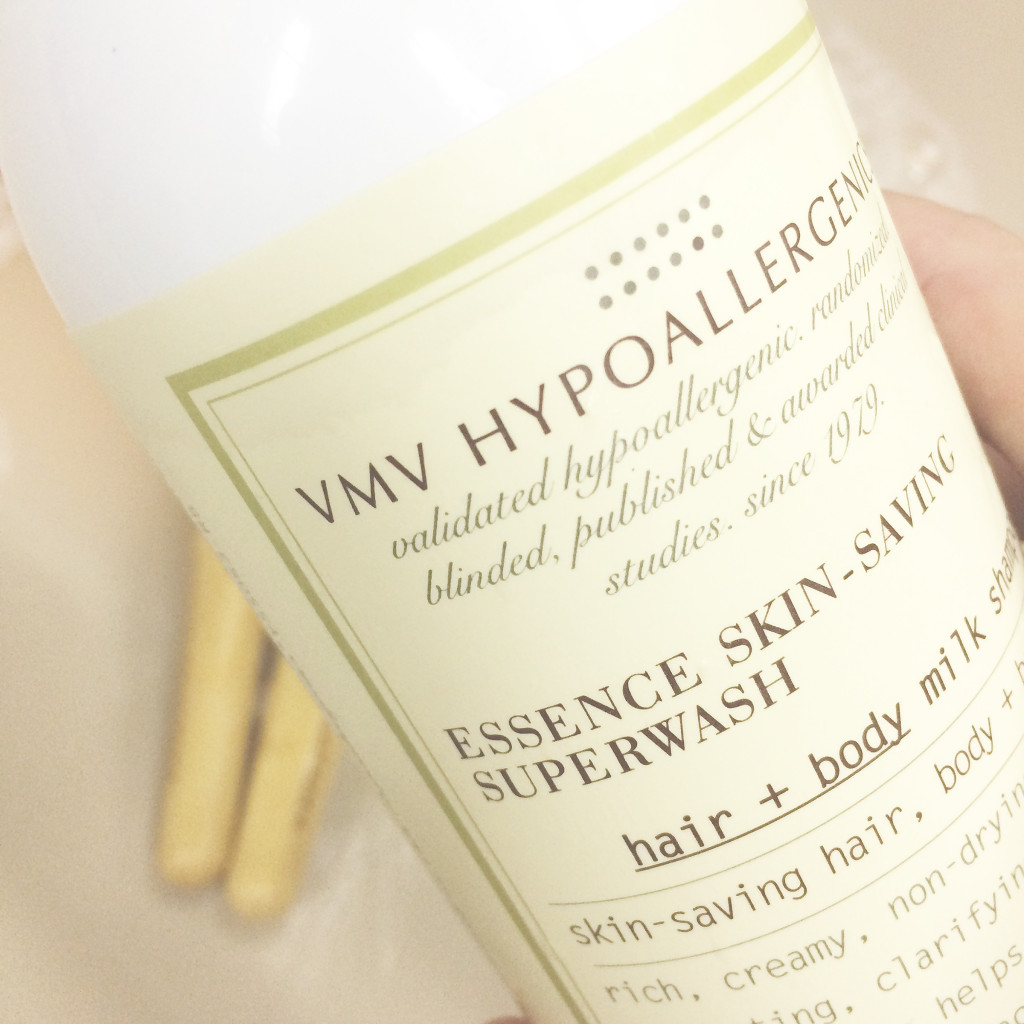
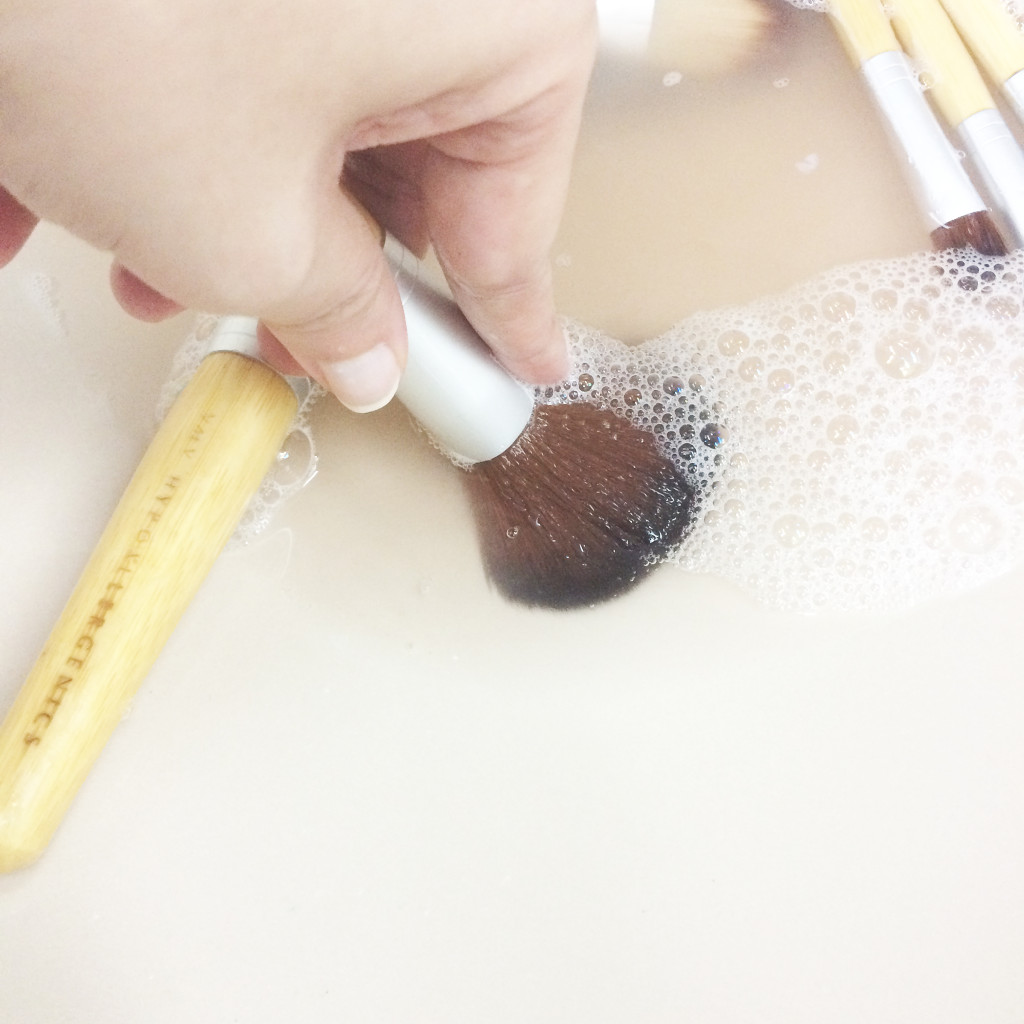
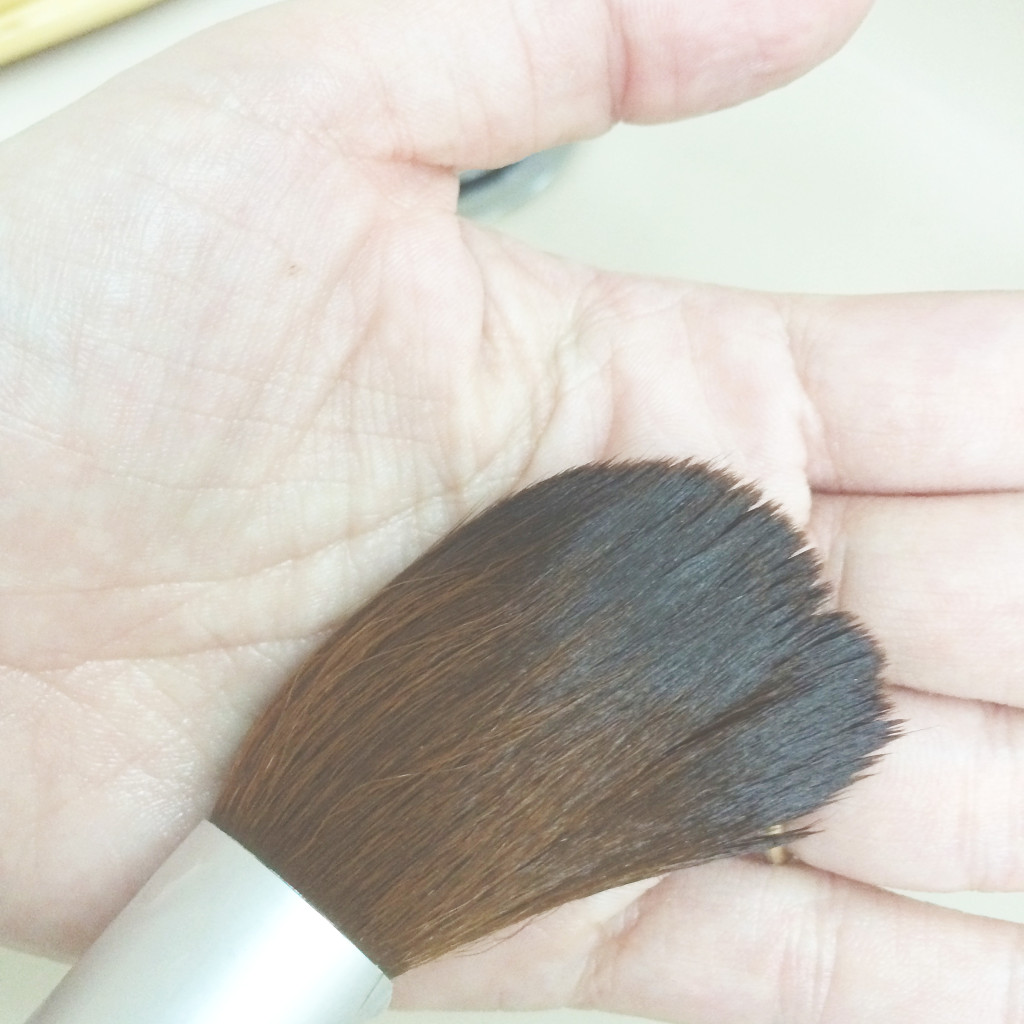


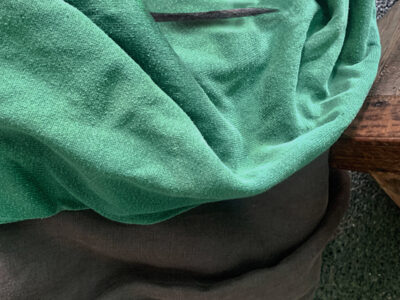
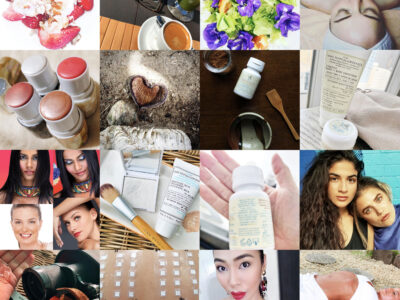

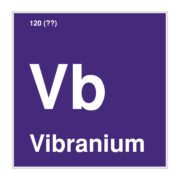


[…] For a more thorough cleaning with Essence Skin-Saving Superwash or Clark Wash, check out How To Clean Your Brushes (Hypoallergenically!) In 4 Steps. […]
[…] lipsticks with your own lip brush; and you disinfect makeup brushes before using a product (and wash makeup brushes regularly). And obviously, if someone has an infection or the risk of infection (herpes blister, […]